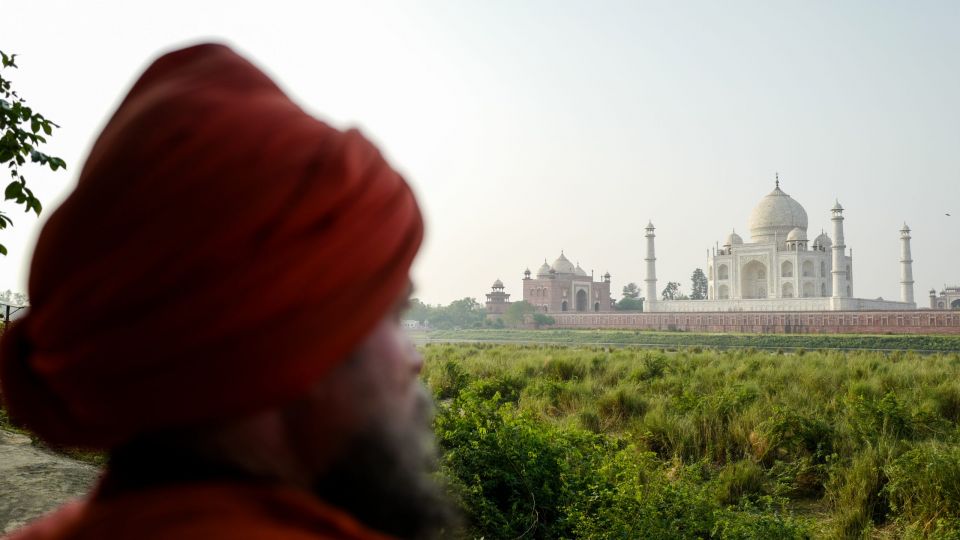July 12, 2018
India’s Supreme Court told Uttar Pradesh’s local government that it must come up with a way to preserve the iconic monument or demolish it.
India’s Uttar Pradesh government and the Archaeological Survey of India were under fire from India’s top court on Wednesday for not doing more to protect the Taj Mahal.
The court expressed disappointment that relevant authorities were unable to come up with a plan to restore and preserve the iconic monument which has fallen into a state of disrepair following mass tourism, ageing construction works and environmental degradation.
“Either we shut down the Taj or demolish it or you can restore it,” the bench warned the government.
“There is absolutely no willingness to protect the Taj Mahal. The pristine beauty of Taj Mahal has to be protected. You can shut down the Taj Mahal it, demolish it. Restore it if you want or demolish it if it has to be demolished,” it added.
Revenue Loss
The court said the iconic monument could have solved the country’s foreign exchange problem if it had been properly maintained. However, the ‘apathy’ displayed by the local government has resulted in ‘incalculable’ revenue loss.
“There is the Eiffel Tower in Paris. Perhaps it is nothing compared to Taj Mahal. Our Taj Mahal is more beautiful. 80 million go to watch Eiffel Tower which looks like a TV Tower,” the court said in its ruling.
“This is eight times more than what we have. If you had looked after it, your [revenue] problem would have been solved.”
Environmental Petition
The supreme court got involved in the case after a petition by environmental activists that expressed concerns that the state of the structure was worsening. In the petition, the activists noted the discolouration of the monument and foundational issues within the structure.
According to court findings, marble which had once been pearly white had gradually turned brown or green due to pollution from nearby sources. Smoke and pollutants from hundreds of thousands of households running kerosene and petrol generators in nearby cities and villages were to blame.
The Uttar Pradesh government had earlier told the court that it would place before it a draft of a “vision document” on protection and preservation of the Taj Mahal.
The government told the bench that the Indian Institute of Technology, Kanpur was assessing air pollution level in and around the mausoleum and would give its report in four months, according to the Statesman.
It said a special committee had also been set up to find the source of pollution in and around the Taj, which would suggest measures to prevent it.
The court said no concrete steps had been taken by the government, despite a parliamentary standing committee report on Taj’s protection.
The Uttar Pradesh government had said it was also trying to take care of the environment around the structure so that the historic monument could be there for another 400 years and not just for a generation.


